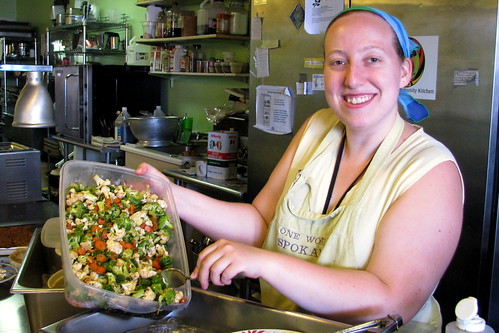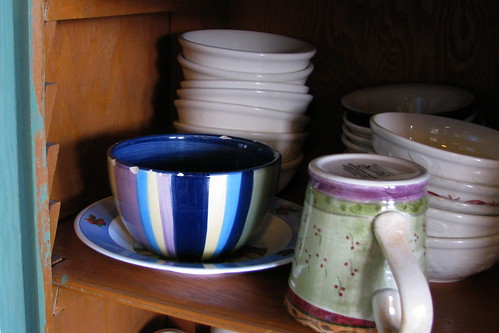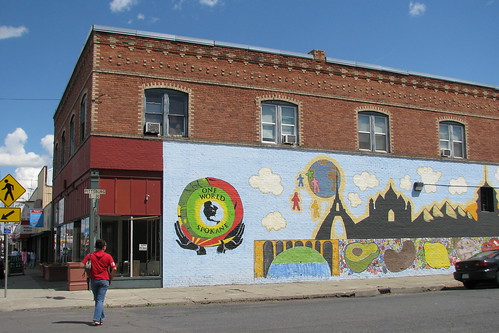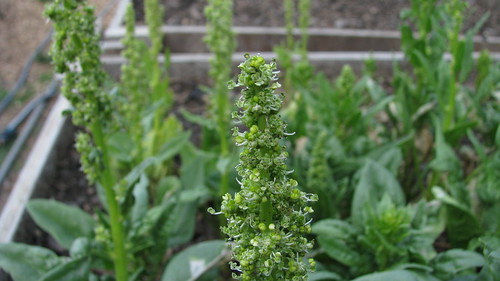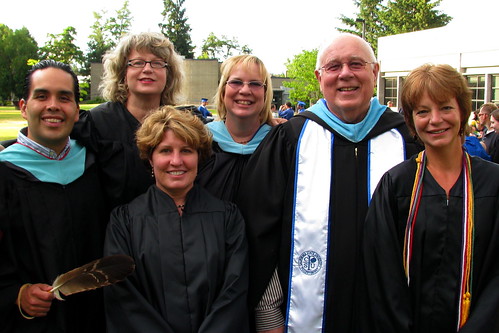
The delay in Casper forced us to abbreviate the remainder of our trip.
As I mentioned, we made a midnight drive to Cody, arriving some time after 1:00 in the morning. We got up early the next day and visited the Buffalo Bill Historical Center, where a friend from my graduate program now works. She met us at the door and showed us a few of the exhibits. The museum is much larger than I expected, but we had to leave after less than two hours.
We continued our hurried way through Yellowstone National Park, stopping to appreciate the lakes and thermal areas while daylight remained.


Rhonda and the kids near Yellowstone Lake. Hot steam rises from thermal vents on the shore.


Steam drifts into the trees above the Mud Volcano. Of all the thermal areas in the park, this one was my favorite. The vent spewed boiling water and mud into the air, and also made a low grurgling sound, like the throaty growl of a mythical monster.

Whitney and I near the Mud Volcanos. The smell of sulphur was palpable in the air.

Dakota near a pool of boiling mud.

Of course, no trip to Yellowstone is complete without a stop to Old Faithful.
The place seemed such an irony to me. Constructed above one of the largest volcanic areas in the world is a flurry of human development. A massive lodge sits only a few hundred yards from the geyser, offering panoramic views of every eruption from within air conditioned comfort. An iron clock is set every hour to predict the eruption of thermal heated water, within 10 or 15 minutes. Tourists congregate in ever growing numbers as the indicated time approaches.
A pamphlet states that over 2000 earthquakes affect the park, but most are never felt. However, Dakota and I felt the ground shake for a few seconds during dinner at the lodge.
For all the hype, Old Faithful proved something of a disappointment. Perhaps we would have appreciated the geyser more if it had not been overshadowed by a freezing rainstorm. The temperature dropped 20 degrees and a bone-chilling rain sent everyone running for cover. When the geyser finally erupted, the weather had turned so nasty that we could hardly see. This photograph was taken after the rain cleared somewhat.


Evidence of forest fires were not hard to miss. In some areas, miles and miles of timberland still stand burned and limbless. But in other areas, new life has begun to appear.


We arrived at Mammoth Hot Springs at the north end of the park, just after sunset. Our half-day trip to Yellowstone National Park ended all too soon. I guess we'll just have to return.












































